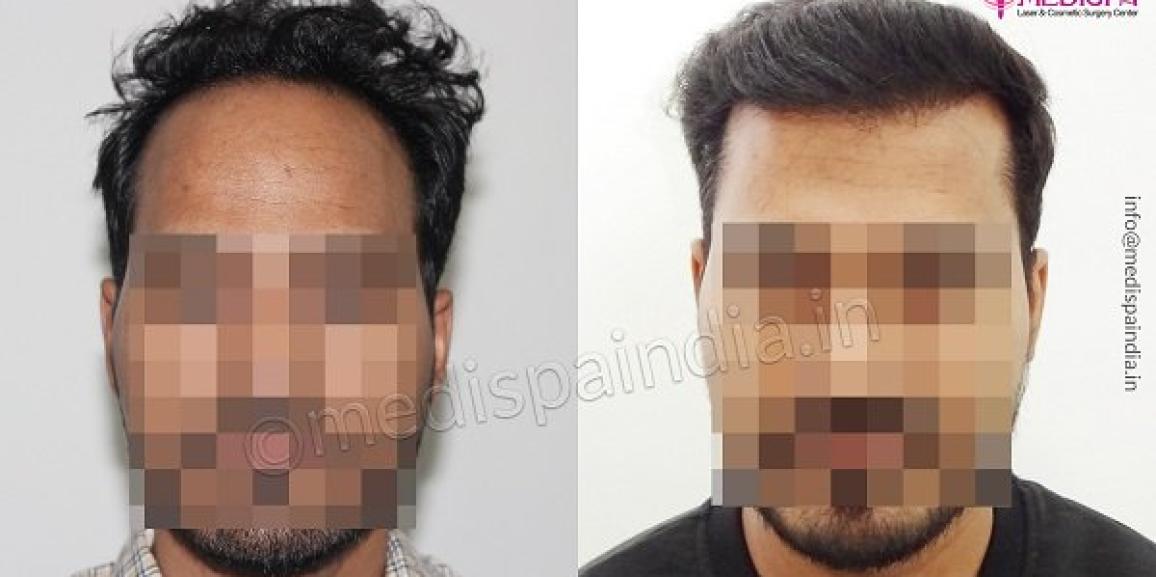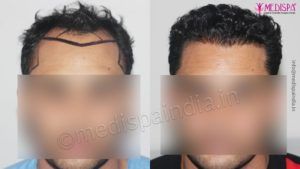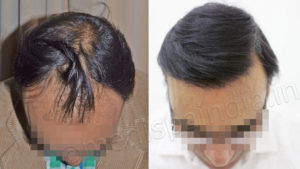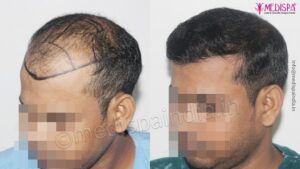
The most common method of baldness treatment to date is hair transplantation. People from all over the world prefer hair transplant in Delhi, which has been in the spotlight in India for years. Few of the top hair transplant surgeons in the globe, who have been named among the best in the world, are located in the pink city.
The hair transplant cost in Delhi has also decreased significantly. The high degree of clinic competitiveness and high level of industry saturation have made the process more accessible to the general public.
A popular destination for hair transplants is the Medispa hair transplant clinic in Delhi and Jaipur. We provide a range of hair transplant services that are tailored to the specific requirements of each patient. We are the largest and best hair transplant team in India. We are distinctive and well-liked all around the country because of our dedication to excellence.
Are you looking for an ideal destination for your hair transplant?
You may rely on the Medispa hair transplant clinic for outstanding hair loss therapy.
What is high grade baldness?
Based on the level of participation that can be assessed by the Norwood categorization, baldness varies from person to person. The seven grades used to categorise hair loss include:
Class I: Entire hairline lies high on the forehead and is not actually balding.
Class II: Triangular areas of recession in the sides of frontal area and minimal recession on mid frontal area.
Class III: Borderline case. Deepening of triangular recession or can include thinning of hair on the vertex.
Class IV: Further frontal hair loss and widening of hair loss from vertex but still a wide band of hair present separating frontal and vertex hair loss.
Class V: Widening of frontal and vertex hair loss and continual breaking of separation line of hairs between frontal and vertex baldness.
Class VI: Band or bridge of hair disappear merging frontal and vertex baldness.
Class VII: A band of hair presents only in back and side of the head.
High grade baldness is when the hair loss becomes grade VI or VII.
Basics of hair transplant techniques
The two fundamental procedures used in the current hair transplant are as follows:
FUT or strip procedure for hair transplantation: In order to harvest individual hair grafts for the FUT hair transplant, experts first remove a very thin strip from the designated donor locations. They then further divide this strip under a high loop magnification. An innovative technique known as “trichophytic closure” is used to sew back the donor location, allowing the donor site to heal with essentially no scarring. The targeted bald area is treated with individual hair graft transplantation.
FUE hair transplant: The FUE hair transplant process involves plucking out each individual hair graft one at a time with a tool that resembles a punch. In order to properly retrieve each hair graft, the punch device must be put into the scalp skin at a specific angle depending on the direction and angulations of the hair root. To ensure the safety of each hair graft for survival and to reduce scarring, attention should be made to extend the spacing between each hair graft.
Which is the best technique for high grade baldness?
Every hair transplant technique is carefully examined to see if it is suitable in each case. The cause of each patient’s baldness is different; hence the hair transplant procedure cannot be consistently chosen for each patient.
Most patients research their options before choosing a hair transplant treatment, but in ideal conditions, you should make an appointment straight soon with a qualified hair transplant surgeon who can examine your scalp and help you choose the optimal hair transplant strategy.
The extent of the patient’s baldness, the need for sufficient coverage at the bald area, the quality or quantity of hair density at the donor area, and the patient’s age and sex must all be taken into consideration by the surgeon before selecting the best hair transplant technique.
When more hair grafts are needed, FUT hair transplant is strongly advised because the process can yield between 3000 and 3500 hair transplants. So, high grade baldness, extensive balding instances, and high density hair transplants are all valid signs of the FUT hair transplant process. On the other hand, a FUE hair transplant may result in a lesser yield of hair grafts, between 2000 and 2500, which qualifies it as a good option for facial hair transplants or situations of early hair loss.






